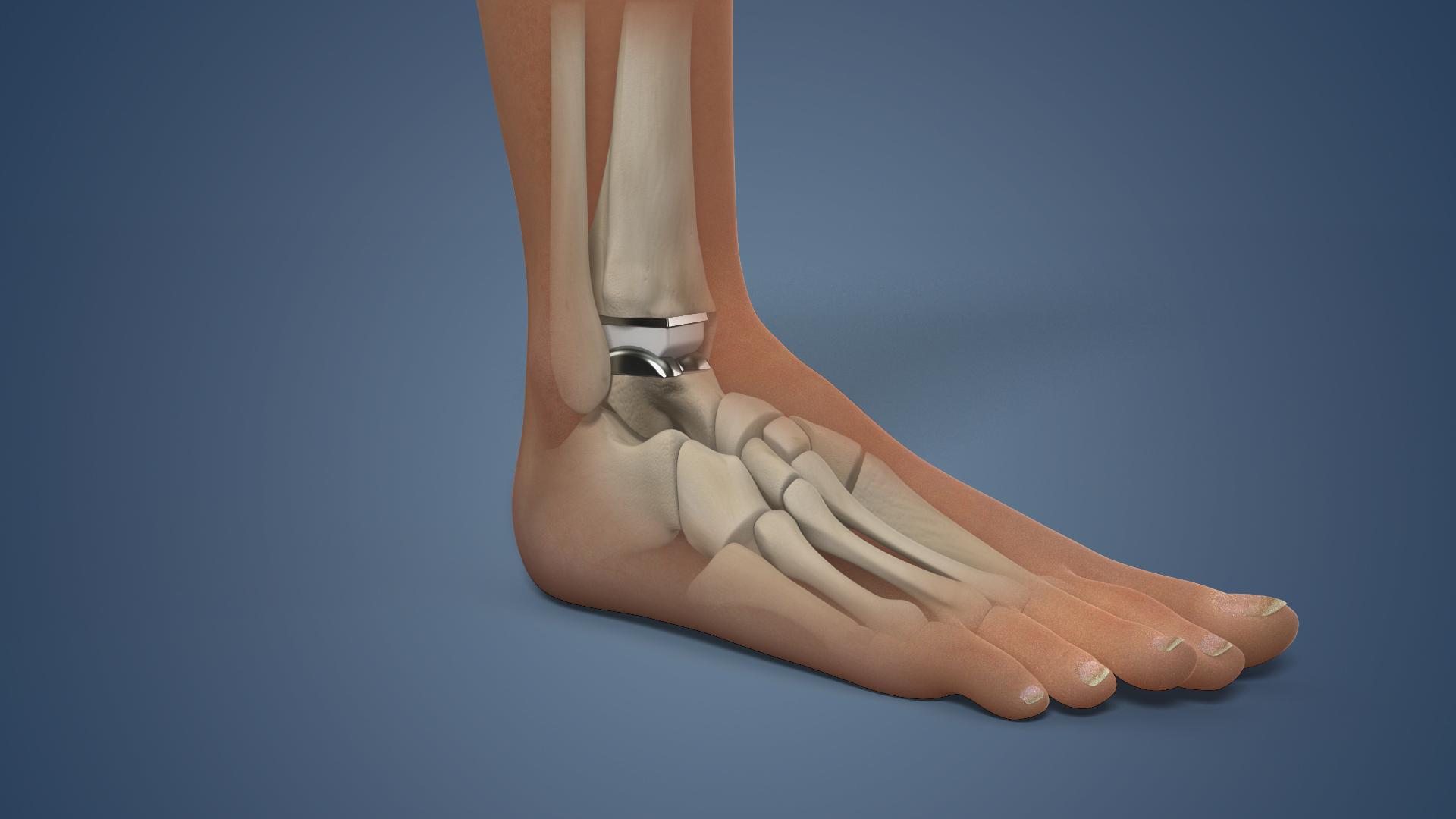What is Total Ankle Replacement?
Total ankle replacement, also called total ankle arthroplasty, is a surgical operation that foot and ankle orthopedic surgeons use to address ankle arthritis. Arthritic modifications can be a result of ordinary "wear and tear" because of aging or from an injury that includes a broken ankle or dislocation. Arthritis ultimately results in a lack of cartilage, pain, and/or deformity.
In a complete ankle replacement, the ankle joint is eliminated and replaced with a synthetic implant made from metal and plastic. The goal of ankle replacement is to offer pain comfort whilst keeping ankle movement so the patient has less pain and better function during activity.
Symptoms of Total Ankle Replacement:
Total ankle replacement, also called ankle arthroplasty, is a surgery in which the broken elements of the ankle joint are changed with artificial components. Post-surgery, patients might also experience symptoms as part of the recovery method.
- Pain and Swelling: It's common to experience pain and swelling around the surgical site. This is a part of the body's natural healing procedure and has to be step by step over the years.
- Limited Mobility: Initially, there can be a restrained range of movement in the ankle because the tissues heal. Physical treatment is critical to regain movement and strength.
- Bruising: Bruising across the ankle and reduced leg can occur because of the surgery and generally resolves in a few weeks.
- Stiffness: Stiffness in the joint can be anticipated, especially after intervals of inactivity. Regular workout and stretching can assist alleviate this symptom.
- Numbness: Some patients may experience numbness or tingling around the incision site due to nerve inflammation in the course of surgery. This often improves as nerves heal.





